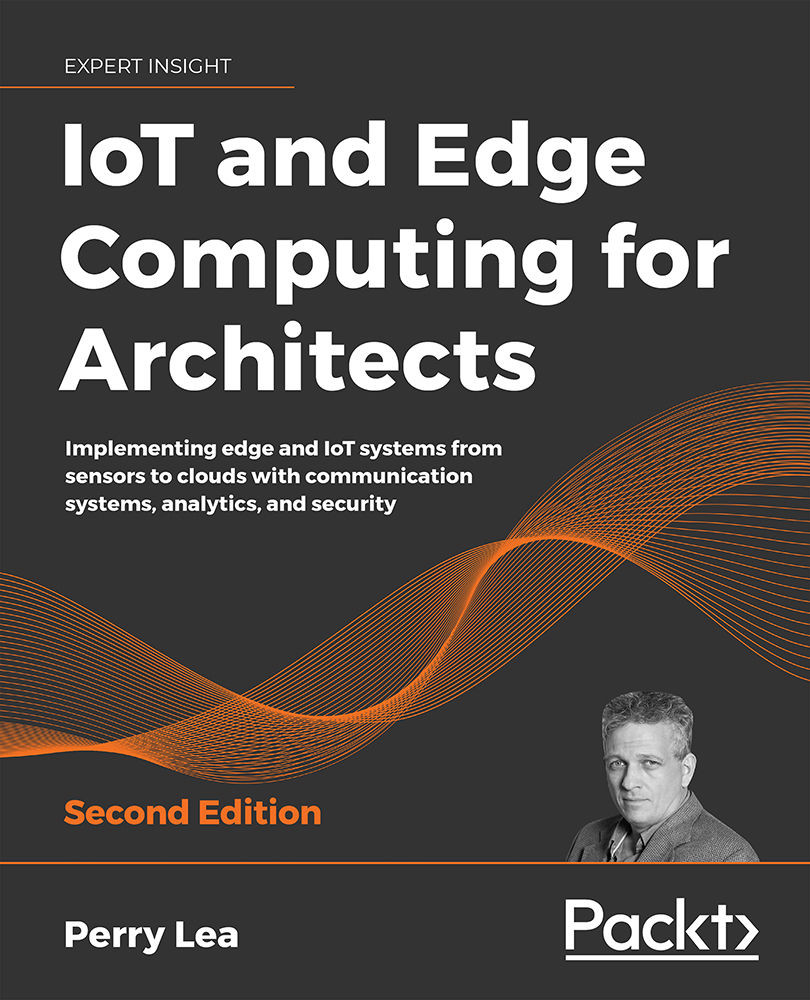History of the IoT
The term "IoT" can most likely be attributed to Kevin Ashton in 1997 and his work at Procter and Gamble using RFID tags to manage supply chains. The work brought him to MIT in 1999 where he and a group of like-minded individuals started the Auto-ID Center research consortium (for more information, visit http://www.smithsonianmag.com/innovation/kevin-ashton-describes-the-internet-of-things-180953749/).
Since then, IoT has taken off from simple RFID tags to an ecosystem and industry that will have 1 trillion Internet-connected devices by 2030. The concept of things being connected to the Internet up through 2012 was primarily connected smartphones, tablets, PCs, and laptops. Essentially, things that first functioned in all respects as a computer. Since the humble beginnings of the Internet, starting with ARPANET in 1969, most of the technologies surrounding the IoT didn't exist. Up to the year 2000, most devices that were associated with...






































































